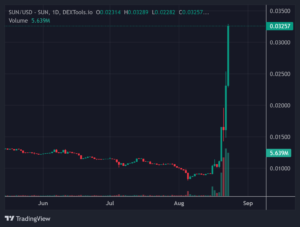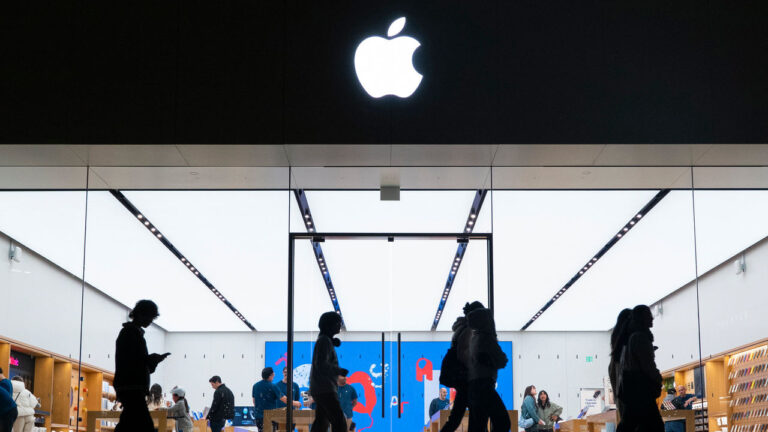Last updated:
 Why Trust Cryptonews
Why Trust Cryptonews

Bitcoin transaction fees skyrocketed on August 22, with the average cost per transaction surging by a staggering 937.7%, rising from $0.74 to $7.679.
The sharp increase was primarily driven by heightened network demand, a significant shift from the relatively stable fees that had been observed since July.
Until mid-August, Bitcoin transaction fees had consistently remained below the $2 mark, reaching as low as $0.558 on August 18.
Lower Fees Led to Reduced Miner Revenues
While low fees made Bitcoin transactions more accessible to the general public, they simultaneously threatened to reduce miners’ revenues, as lower fees translate to lower earnings for miners who validate transactions on the network.
The sudden spike in fees on August 22 was linked to an overwhelming demand for network bandwidth, which led to a substantial increase in the cost of sending and receiving Bitcoin.
The surge put pressure on investors, with many in the crypto community facing significantly higher costs to complete transactions.
For one, a user had to pay 0.5 BTC in fees to consolidate just 0.55 BTC during the peak demand period.
However, this surge in fees was short-lived.
By August 23, data from the Bitcoin mempool indicated that average transaction fees had plummeted back to $0.34.
Meanwhile, data analytics firm CryptoQuant reported a significant drop in Bitcoin demand, with growth declining from 496,000 BTC in April to a negative growth of 25,000 BTC in August.
The slowdown has been partially attributed to a reduction in purchases by U.S.-based spot Bitcoin ETFs.
Bitcoin Miner Reserves Hit Two-Year High
As reported, Bitcoin reserves held by miners have surged to their highest level in over two years, raising concerns about a potential decline in Bitcoin’s price.
Historical patterns suggest that when miner reserves reach significant levels, it often precedes a downturn in the cryptocurrency market.
More specifically, the surge has brought miner reserves to a total of 368,000 Bitcoin, valued at approximately $22.36 billion.
“Historically, increases in Bitcoin OTC desk balances have been associated with declines in Bitcoin prices,” CryptoQuant said in a recent report.
The 70% surge in miner OTC balances over the past three months suggests that miners might be preparing to sell large amounts of Bitcoin, which could exert downward pressure on the market.
The report draws parallels to previous instances where high miner reserves were followed by sharp price declines.
For example, in May 2018, when miner OTC balances exceeded 400,000 BTC, Bitcoin’s price was around $8,475.
By December of that year, the price had plummeted by 63% to $3,183.
A similar pattern occurred in November 2021, when Bitcoin was trading at approximately $64,000 and miner reserves were near an all-time high of 500,000 BTC.
Meanwhile, Iran is taking measures to combat illegal cryptocurrency mining as the nation grapples with power shortages exacerbated by a severe heatwave.
The government is offering financial incentives to citizens who report unauthorized crypto-mining activities, with rewards of up to 1 million toman (approximately $24) per tip.




















